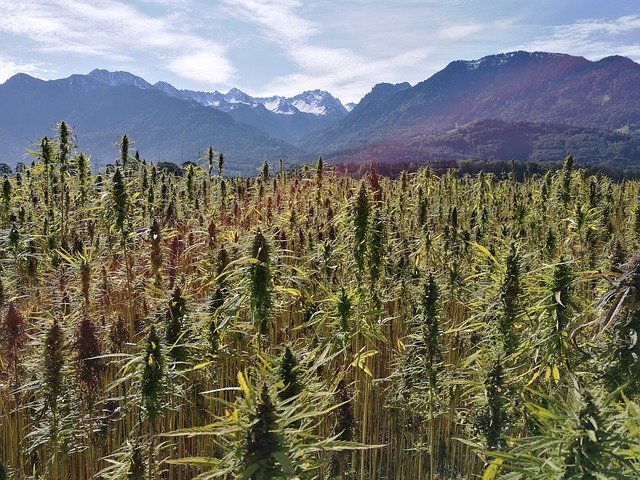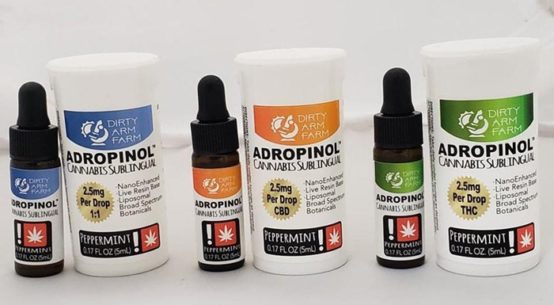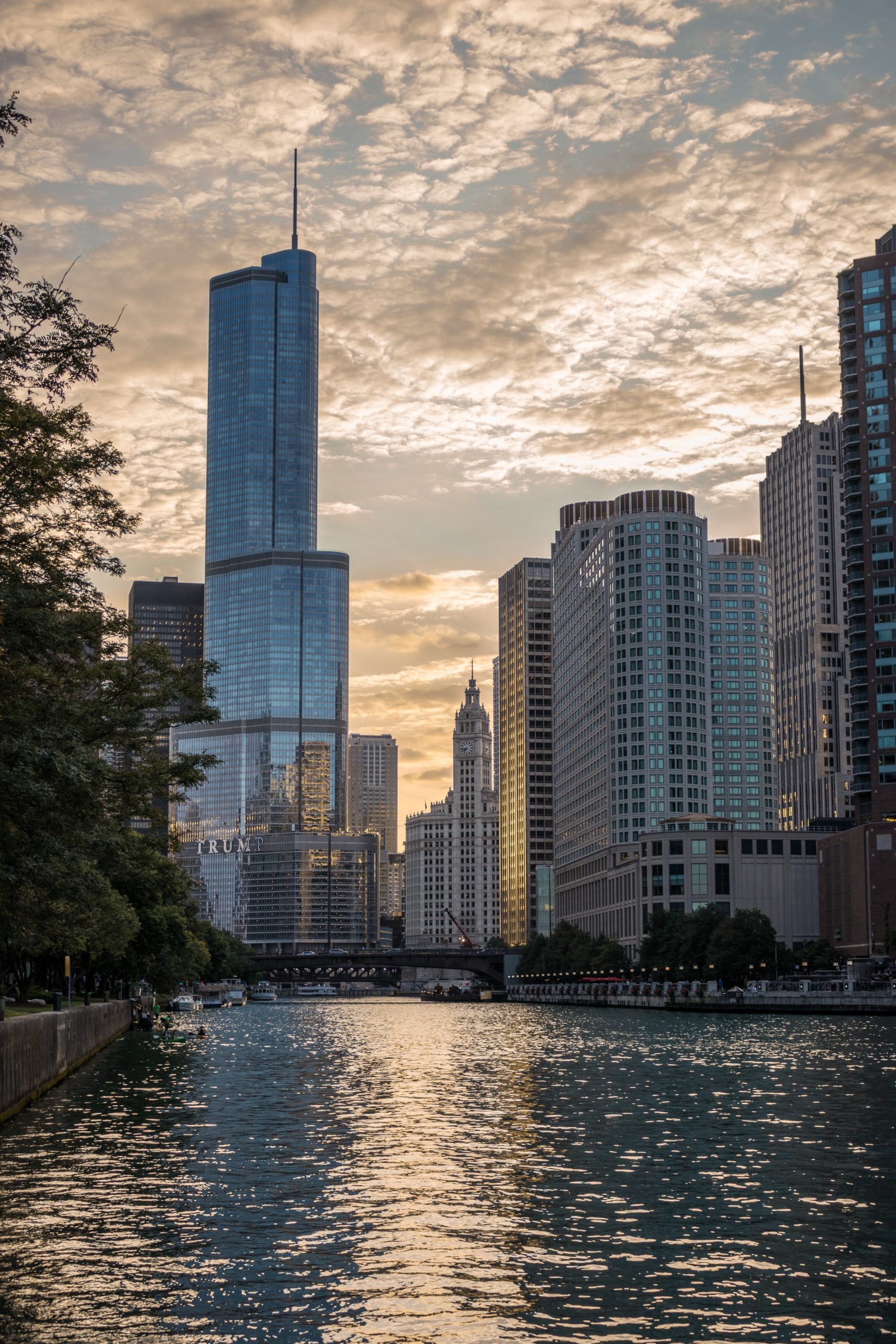
The plant that produces the flowers you smoke to get all high and stuff—which we will call “cannabis”—differs in appearance from the hemp plant that doesn’t get you high but is capable of producing the CBD that’s going to fix everything wrong with you.
It doesn’t differ by much, but it does differ. Of course, the major difference in the eyes of the authorities is that utterly arbitrary 0.3 percent threshold of THC.
Any plant having more than that number is considered cannabis and, to keep it from kidnapping and molesting children in its grey, rusting, creepy windowless van, must be destroyed.
Late last month, a joint investigation between California Fish and Wildlife authorities and the FBI resulted in the discovery of 11 fields that were listed as being dedicated to hemp production. And that’s exactly what they found, the end.
Ha ha, no, that… that isn’t what happened. No, my friends, instead they found 10 million cannabis plants.
That’s right—over those aforementioned 11 fields, which totaled a jaw-dropping 459 acres, 10 million cannabis plants were growing, with an estimated illicit market “street value” of more than 1 billion dollars.
It was discovered via a tip to the Kerns County Sherriffs Department in Arvin, California, about 100 miles north of Los Angeles.
According to authorities, these were not hemp plants clocking in at 0.4 percent THC. Rather, according to the Kerns County Sherriff’s Office (KCSO): “Preliminary testing showed the levels of THC in these fields were well over the legal limit for industrial hemp production and were in fact cannabis. The investigation is ongoing.”
The plants were destroyed, but damn it, I have questions.
Per KCSO, italics mine: “These illicit marijuana gardens were grown under the guise of legitimate hemp production. The Food and Agricultural Code and Health and Safety Code define industrial hemp has containing less than 0.3% THC content. The research exemption allows for cultivators to grow and possess hemp/cannabis that is over 0.3% THC content, ‘if that cultivation or possession contributes to the development of types of industrial hemp that will comply with the three-tenths of 1 percent THC limit established in this division.”
It seems unlikely that the farmers of these 459 acres would be so audacious to grow 459 acres of cannabis. Possible? Sure, but equally probable, if not more so, that these were hemp plants with more than 0.3 percent THC that were allowable under the aforementioned research clause exemption.
The growers have not issued a statement on the matter.
The KCSO has not revealed just how much THC the plants had, nor have they clarified what amount of THC would be acceptable under the research exemption. It’s maddening to not have this information, because it would tell us whether these were legit growers of hemp or cannabis growers with titanium balls.
Either way, 10 million plants were destroyed, and the residents of Kerns County can now sleep soundly, or…something.

